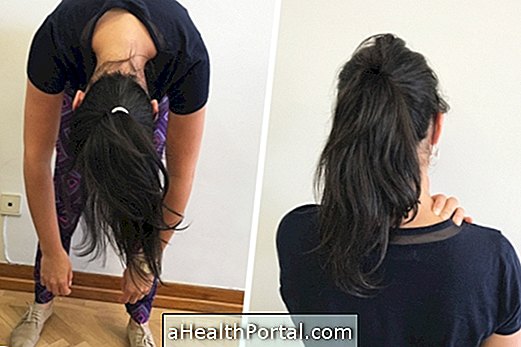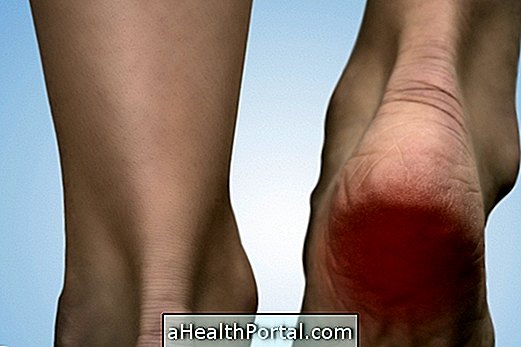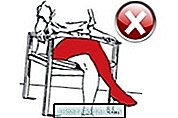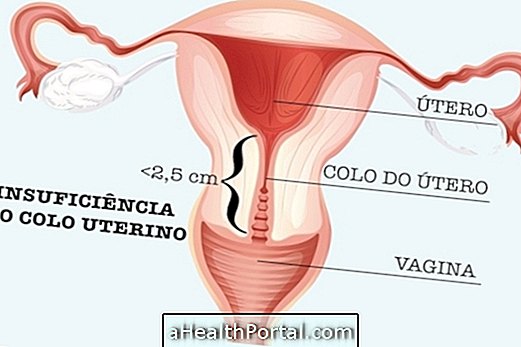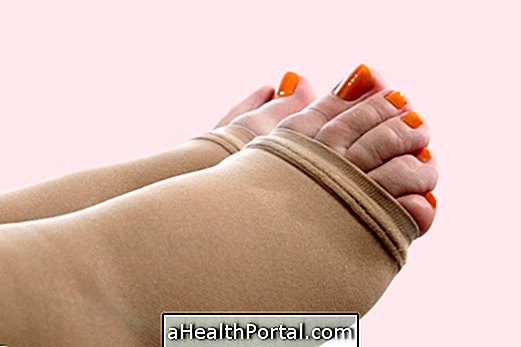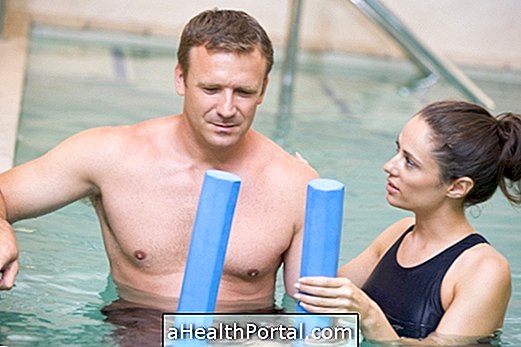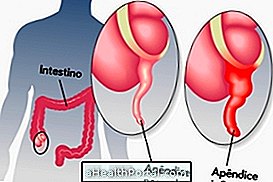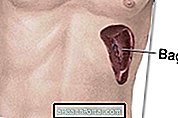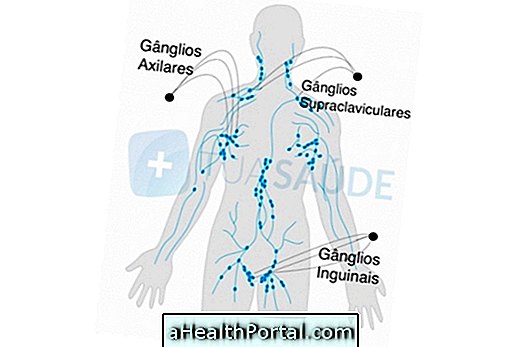To return to walking, after amputation of the leg or foot, it may be necessary to use prostheses, crutches or wheelchairs to facilitate mobilization and regain independence in daily activities, such as working, cooking or cleaning the house, for example.
However, the type of back-up aid should be evaluated by an orthopedist and the physical therapist can usually be started 1 week after the amputation, respecting the following order:
- Physiotherapy sessions;
- Use of wheelchairs;
- Use of crutches;
- Use of prosthesis.
Recovery after amputation should be done in physiotherapy clinics or INTO - National Institute of Traumatology and Orthopedics, to learn how to correctly use the crutches, wheelchair or prosthesis and strengthen muscles, to improve balance.
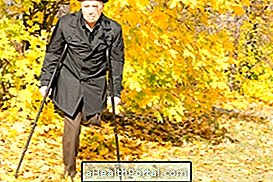

How to walk with a wheelchair
A physiotherapist may teach in person how to get around the wheelchair, but to ride with wheelchairs after the amputation, a chair that is appropriate to the person's weight and size should be used and follow the following steps:
- Lock the wheelchair;
- Sit in the chair with your back straight and your foot resting on the chair supports;
- Hold the wheel rim and push the chair forward with your arms.
The wheelchair can be manual or automatic, however, the automatic chair should not be used because it weakens the muscles and makes difficult the use of prostheses or crutches.
How to walk with crutches
To walk on crutches after a leg amputation is important to start doing physiotherapeutic exercises to strengthen the arms and trunk to gain strength and balance. Then use the crutches as follows:
- Support the two crutches on the ground at arm's length;
- Push body forward, supporting full weight on crutches;
- Repeat these steps to walk with the crutches.
Also, to climb up and down stairs you must put the 2 crutches on the same step and swing the trunk in the direction you want. To learn more, see: How to use crutches correctly.
How to walk with a prosthesis
In most cases, the person who loses the lower limb can walk again when using a prosthesis, which is an equipment used to replace the amputated limb and therefore must be functional to facilitate movement.
However, not all people can use this equipment and therefore an evaluation by the doctor is required to indicate whether or not you can use a prosthesis, which is the most appropriate for each case. Physiotherapy sessions are essential to make a good transition from the crutches or wheelchair to the prosthesis.
How to put the prosthesis
To place the prosthesis, it is important to wear the protective stockings, insert the prosthesis and check that it is well fitted. Learn how to care for the stump in: How to take care of the stump of the amputation.
Although re-walking after an amputation requires a lot of effort, it is possible to regain independence in the day-to-day and it is therefore recommended to do physiotherapy about 5 times a week in the clinic or at home, always respecting the indications of the physiotherapist for faster recovery.
Here's how to adapt the house to make walking easier in: Adapting the home to the elderly.

